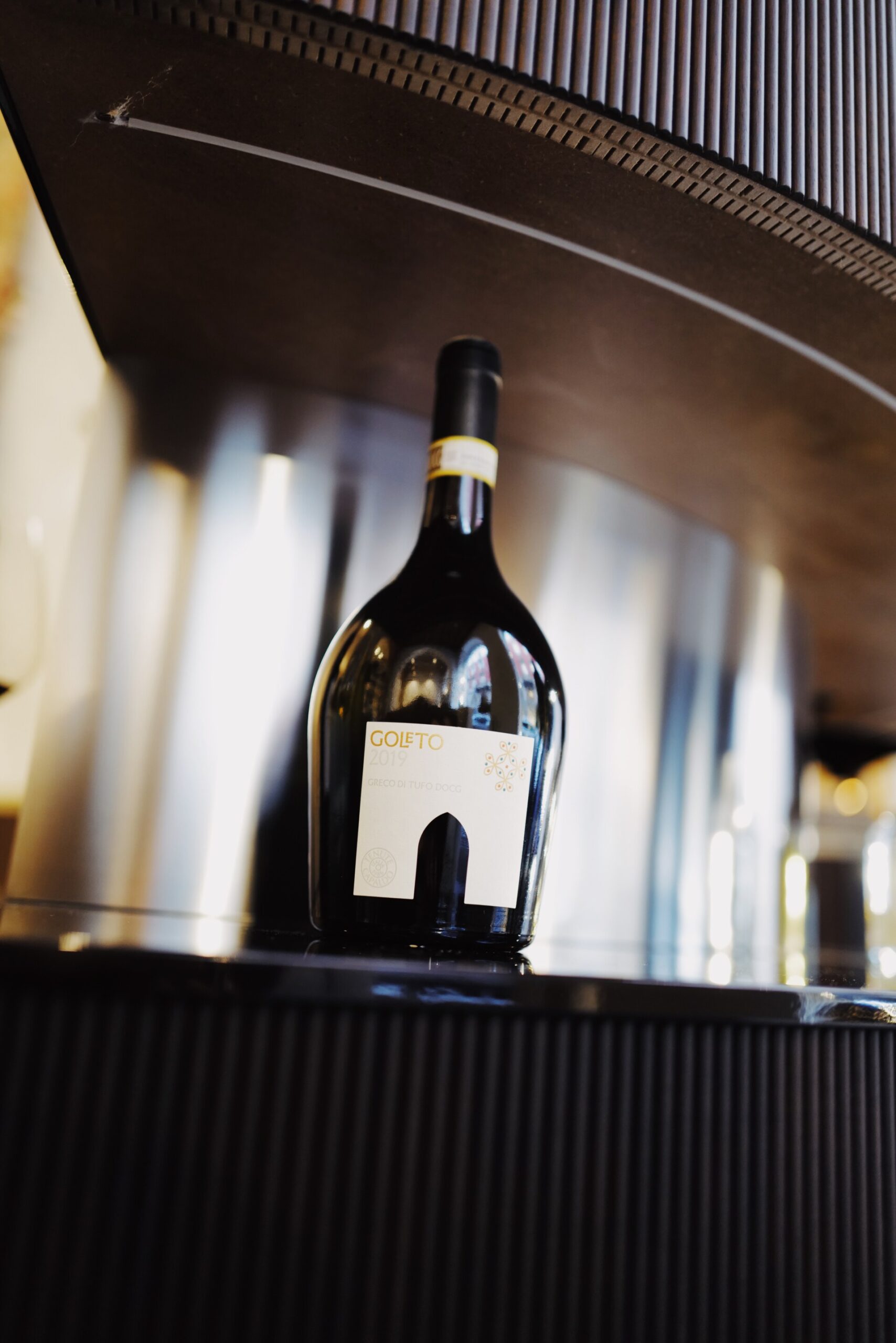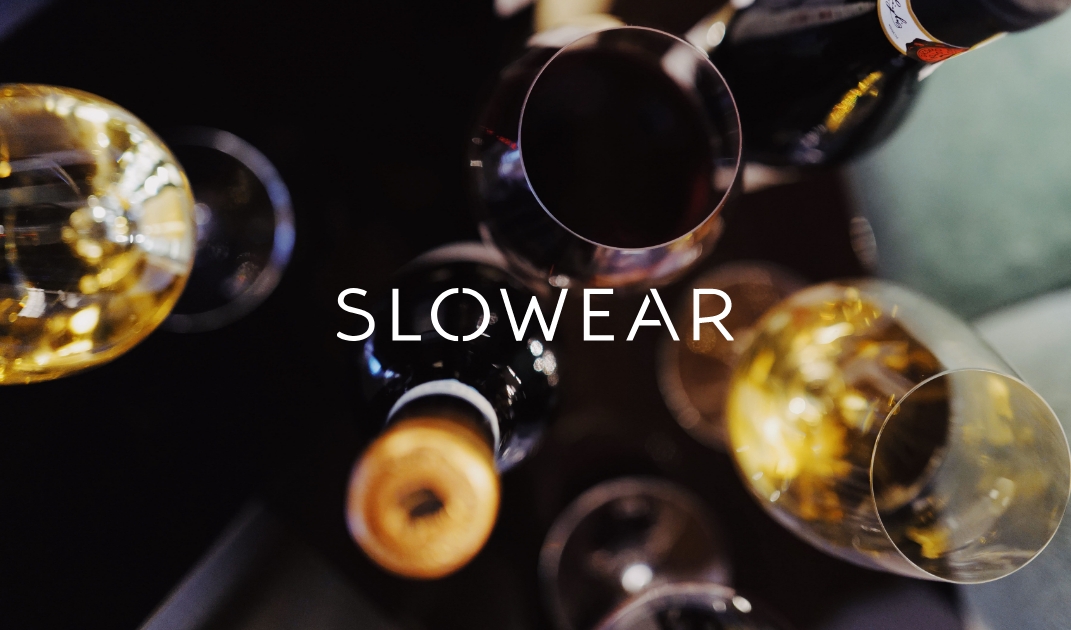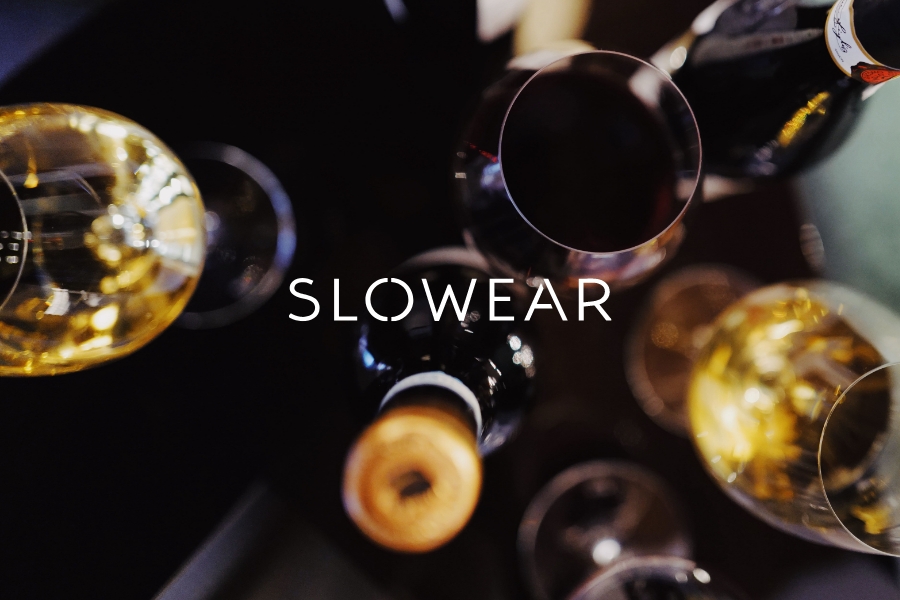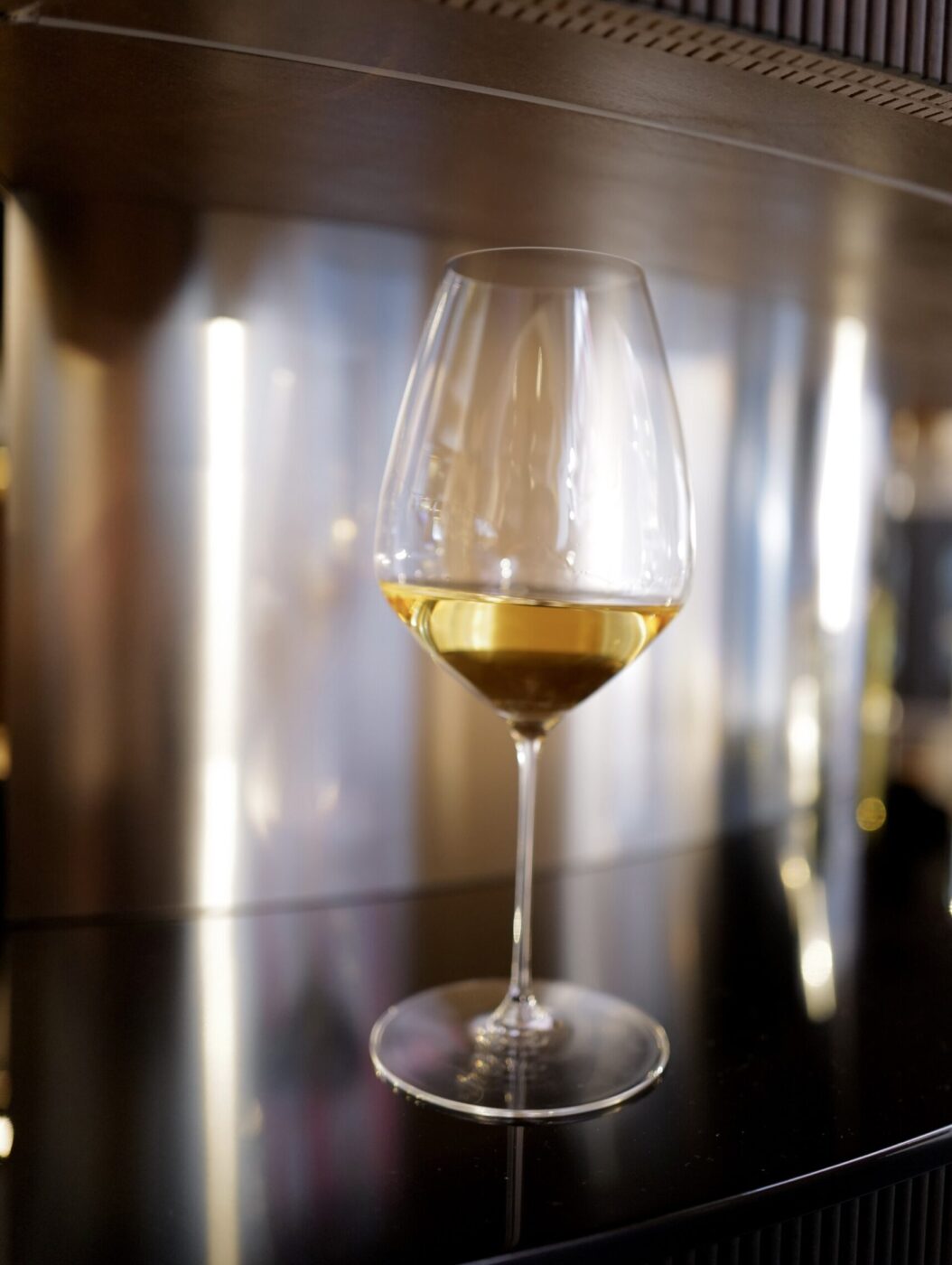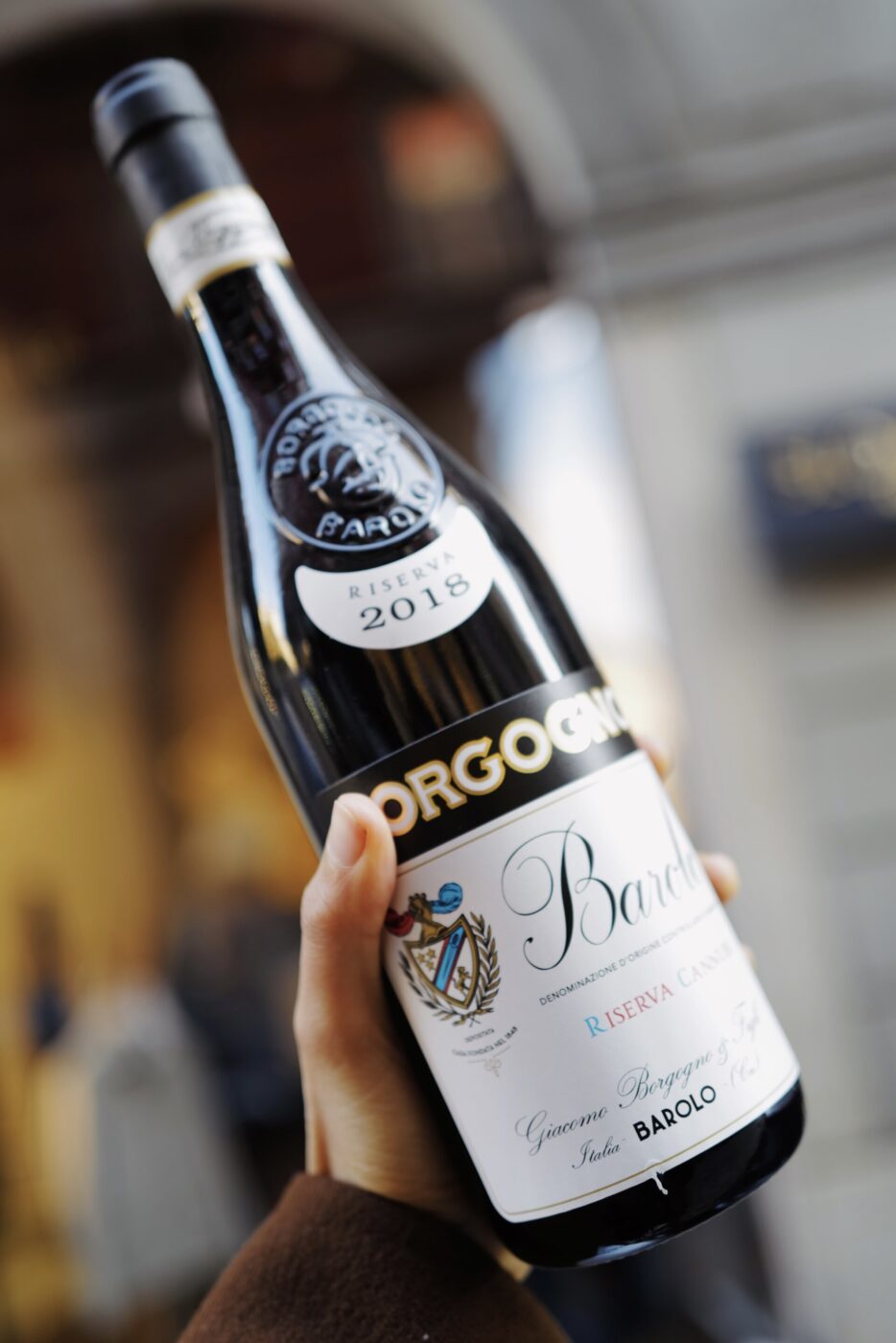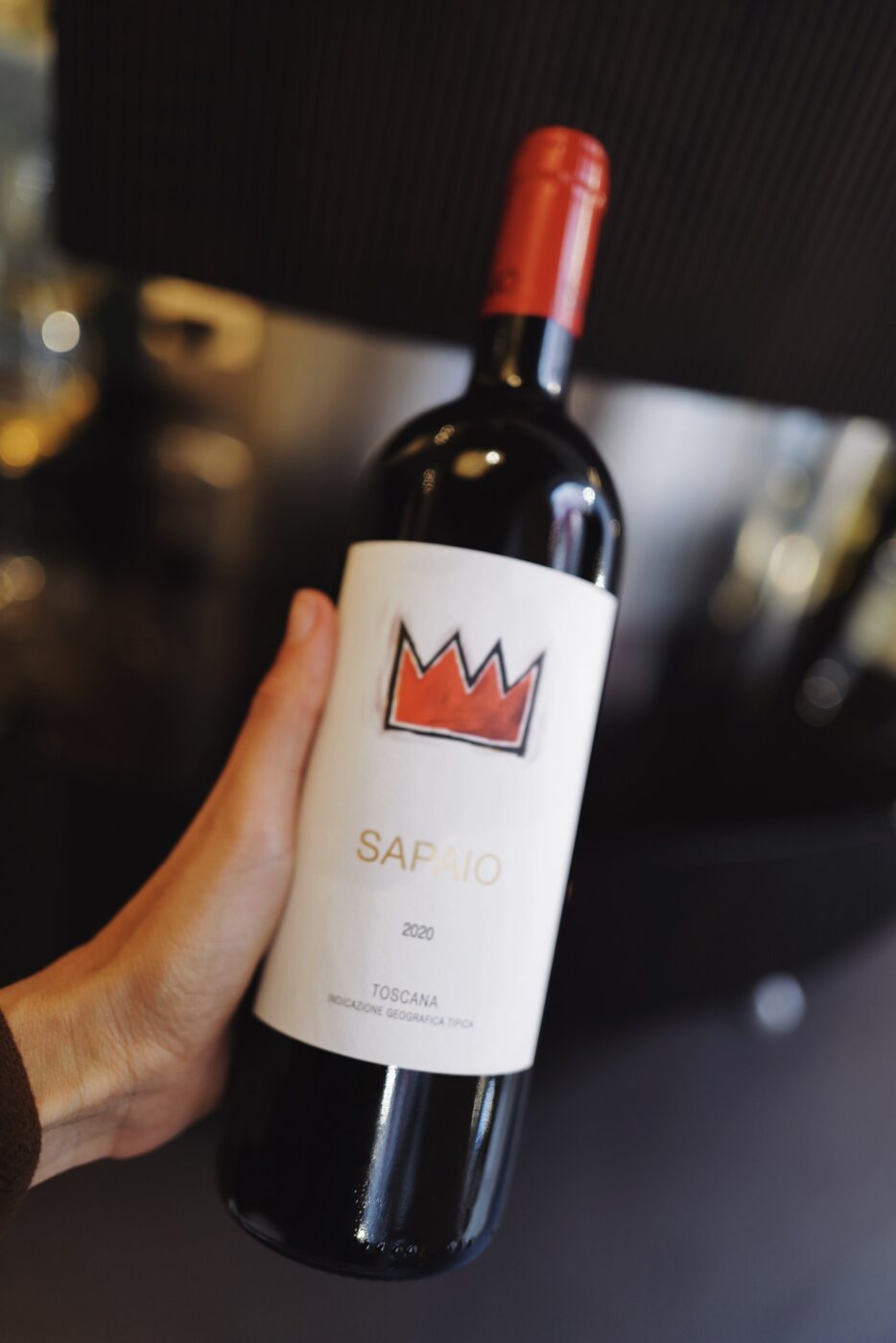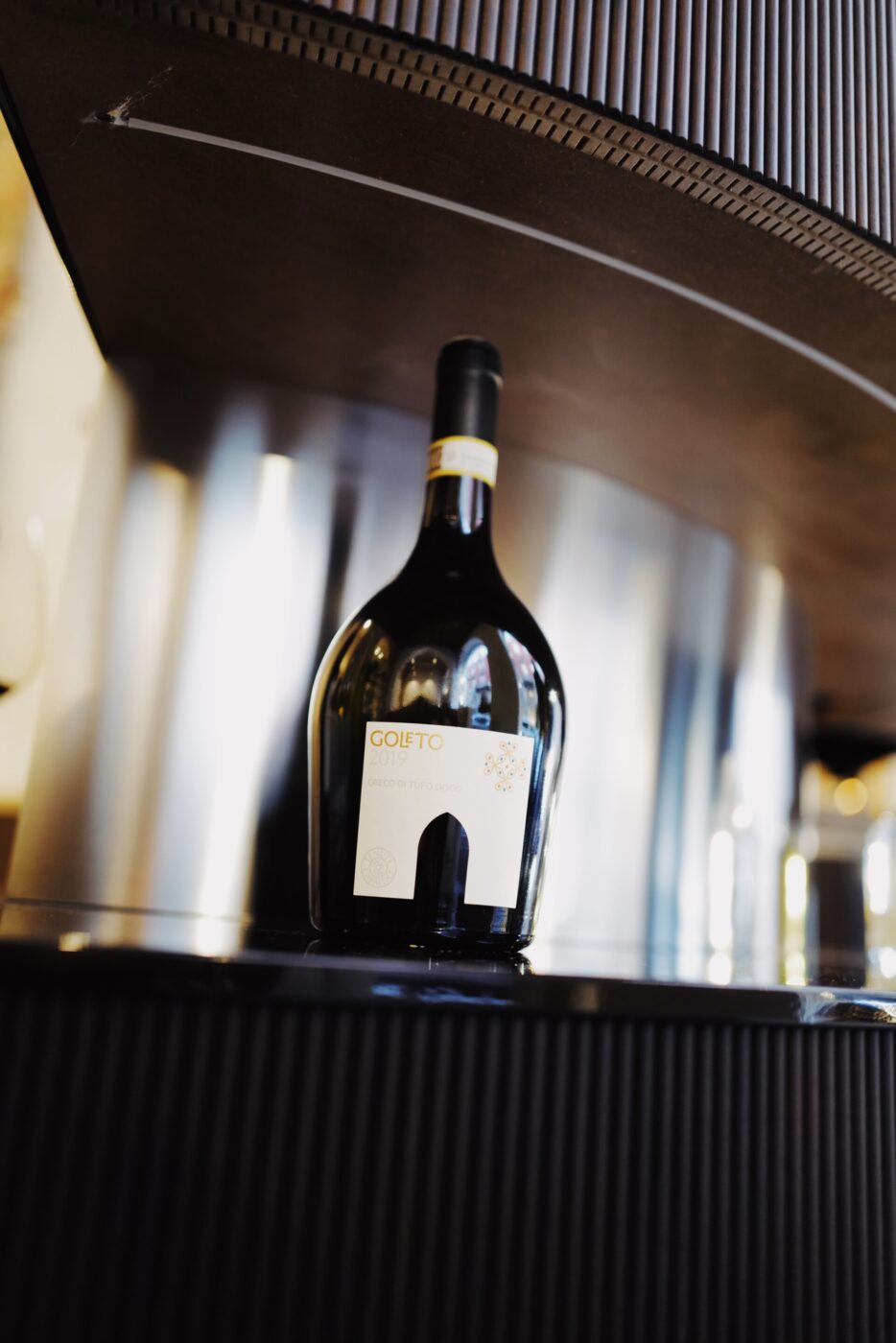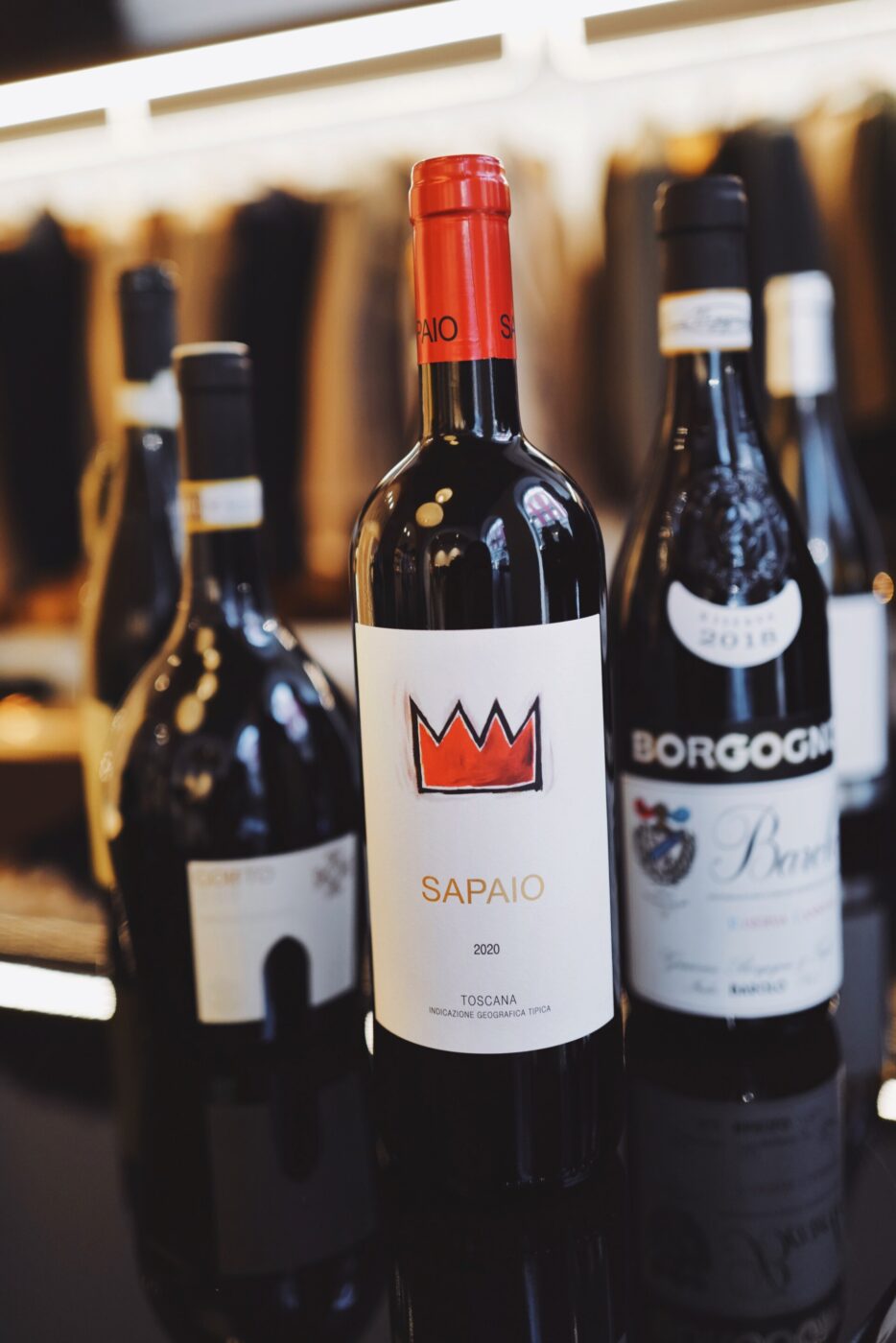Ethos–that’s what it all comes down to for Slowear, the Italian B-Corp clothing brand that’s refreshing their location in Milan this November, complete with a wine shop composed of carefully-curated bottles hailing from Italy’s tip to toe. “At Slowear, we strongly believe that clothes should accompany the wearer in their daily life and, above all, in their passions–and wine is one of the biggest passions,” Piero Braga, Slowear’s CEO, elucidates. “This is the reason why we built this project.”
“The wines on offer are chosen not just for their quality, rarity, or for their corporate responsibility practices, but for the values that gravitate around the glass. We can use wine as not just a factor creating destinations but as a very centralizing element for people to embrace culture, anthropology, art, and architecture,” explains Gabriele Gorelli, the first Italian Master of Wine, who collaborates with Slowear on the wine selection. “Through wine, Slowear works to support Italy and the distinctive way of being Italian.”
“Some people say wine is art, but it can’t be art and we cannot be artists,” Gorelli muses. “Because, unlike artists, winemakers try to be consistent bottle after bottle.” Yet, he notes, as winemakers work with smaller parcels and low, value-forward production, they begin to produce something akin to art: rare expressions of time, place, and nature. These three wines are just that—artful rarities—and they’re all available at Slowear Milan at Via Solferino 18, where you can grab a bottle (or a few) to take home.
“Just like the concept of combining an exceptional array of fine wines with a premium clothing boutique, these are wines that have, in common, an out-of-the-box mentality,” says Gorelli.
The selection process passes through a sort of wine think tank created in 2021, called BE.COME, which Gorelli describes as “an ever-evolving wine culture with values that go beyond the liquid.” The following three wines and wineries are all part of the “Be.Club” community; though they all have different appellations and use different varieties, they share the same vision: a meaningful approach to winemaking and the willingness to create rarities.
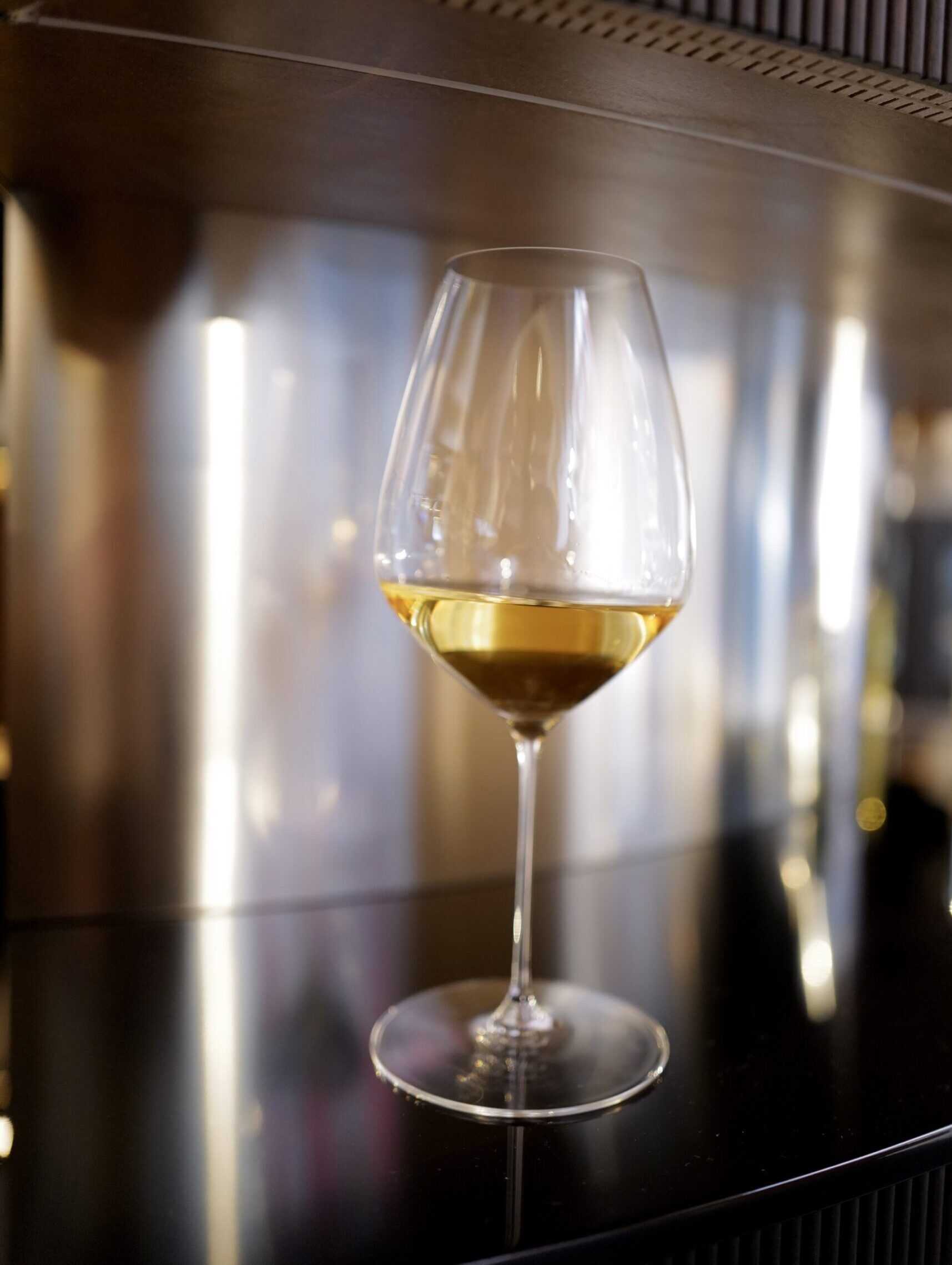
Borgogno, Barolo (CN) – Barolo DOCG Cannubi Riserva 2018
“Borgogno is an institution and a reference point for wine from Piemonte and from all of Italy,” Gorelli tells us. This winery has a history that not only dates back centuries but megaannums: though the estate was founded in 1761, the Cannubi MGA (Menzione Geografica Aggiunta, a designated area of the Barolo DOCG) contains soil that’s a whopping 12 million years old–“an incredible mosaic of terroir composed of marl, sand, and silt,” says Gorelli. Elegance and longevity are hallmarks of wines from this area, and the Cannubi Riserva is certainly no exception. The bottle is “only produced in vintages that the winery considers to be perfect and is the result of a meticulous selection in the vineyard”–from vines that range in age from 35 to 50. “A particularity of their vinification is that part of the yield undergoes whole cluster fermentation,” explains Gorelli. “The tanks are layered with crushed, de-stemmed grapes and whole bunches, stalks and all. It is a time-consuming process but one that gifts great freshness to the wines.”
The kicker is that the bottle is not available for commercial purchase, even if you were to visit the rolling hills of Borgogno itself. Exclusively available through La Place de Bordeaux, a historic network of merchants and collectors that has been in operation for over 800 years, your best bet is to head to Slowear to find this rare wine.
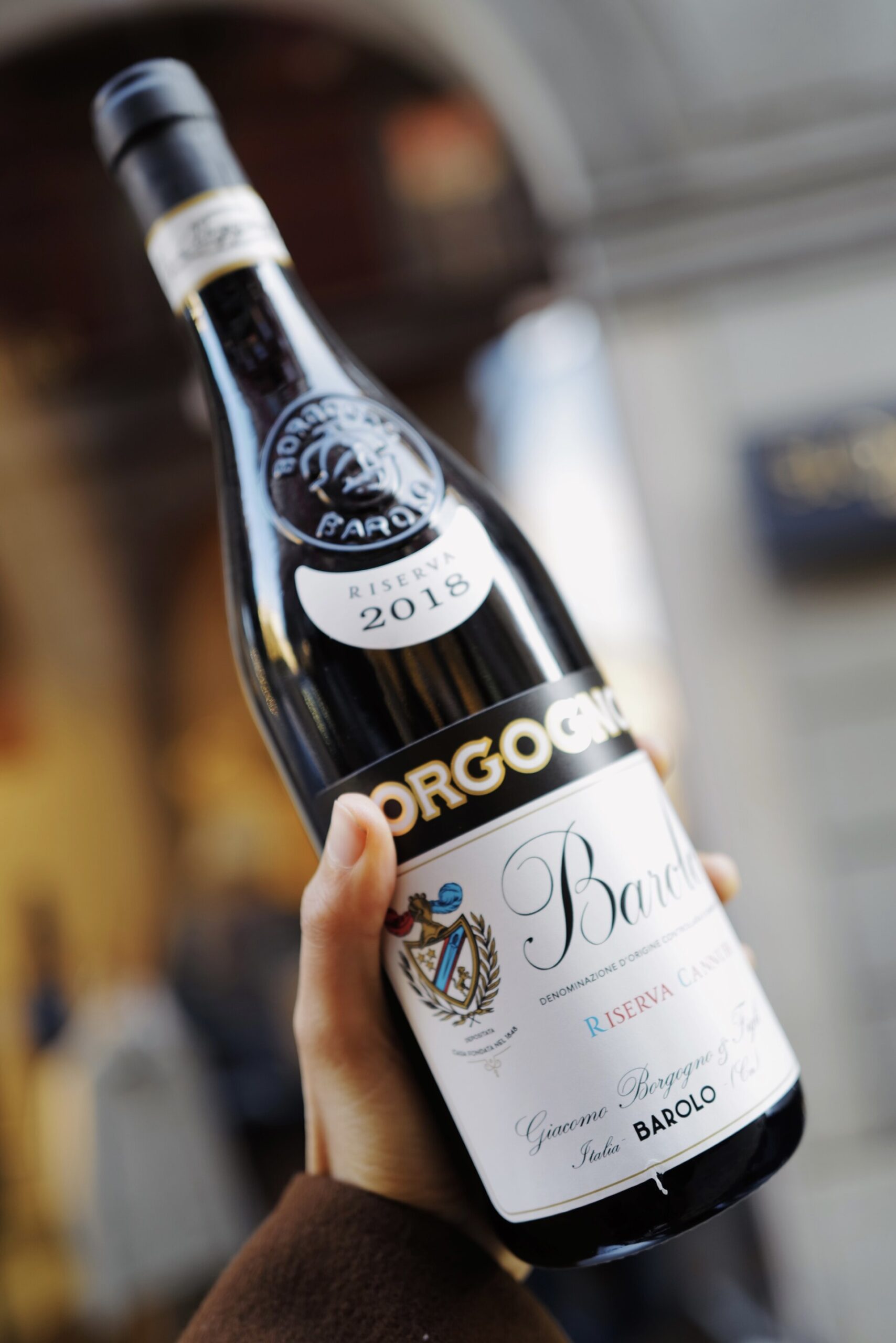
Sapaio, Bolgheri (LI) – Sapaio Toscana IGT 2014
Bolgheri has no shortage of illustrious noble families who have been in the wine business a long time, but this relative newcomer to the scene hasn’t been afraid to be disruptive, “unhampered by convention,” says Gorelli. The brainchild of Venetian engineer Massimo Piccin and world-renowned winemaker Carlo Ferrini, the small, coastal winery is located in the heart of the area and gives a nod to Bolgheri’s heritage through a hand-drawn crown on its label, described as “a tribute to nobility,” blending tradition with a touch of artistic whimsy. Inspired by Bordelaise Chateaux, Sapaio’s eponymous wine is a “grand vin” made from a select blend of the best cabernet sauvignon, cabernet franc, and petit verdot grapes and boldly labeled as a Toscana IGT. It’s a bottle of “great personality and vision,” says Gabriele, and makes the perfect accompaniment to the red meats characteristic of the Tuscan region.
Sapaio perfectly embodies the Slowear ethos–“neither commonplace nor predictable but based on discovery and unique interpretations of established traditions,” says Gorelli.
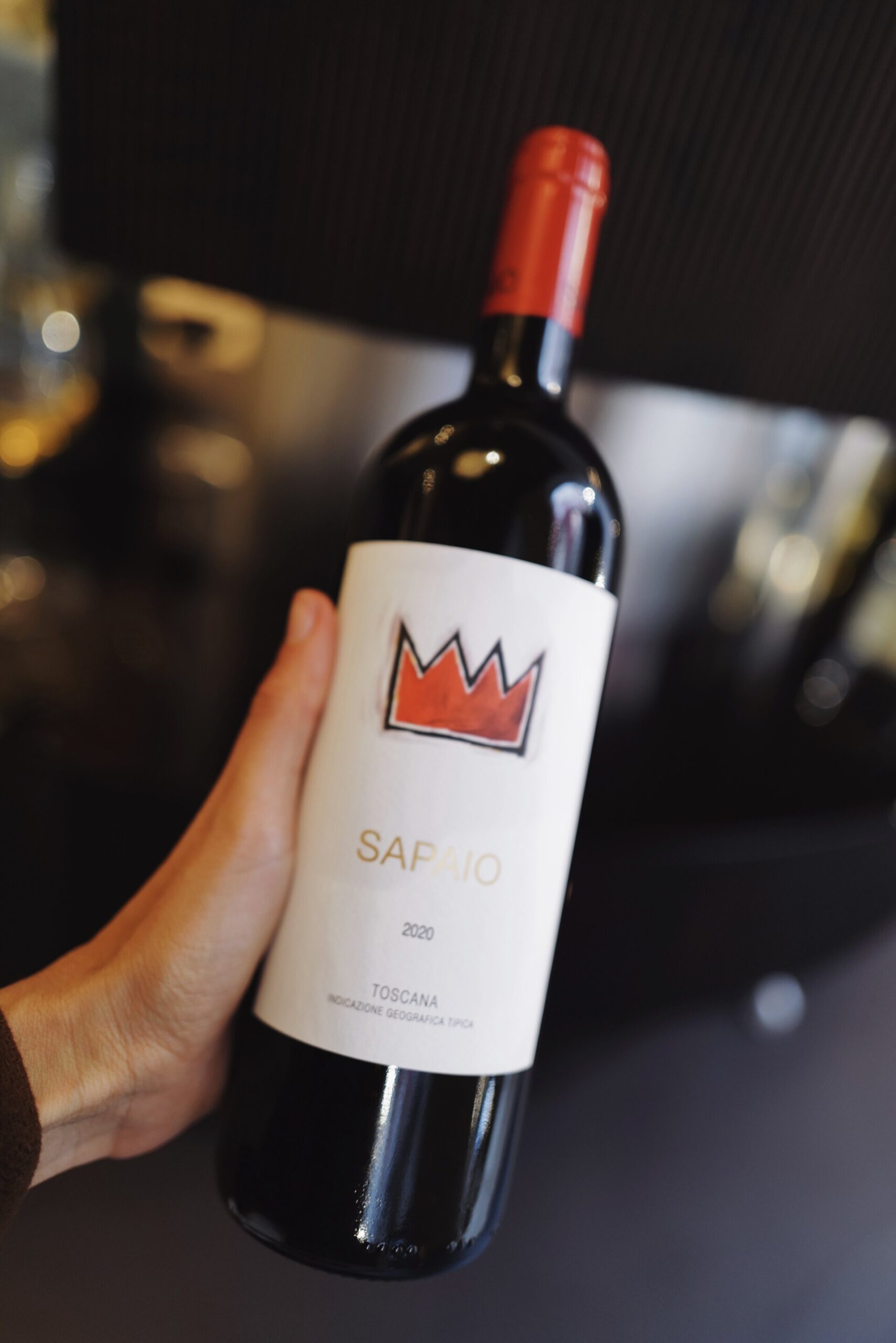
Tenute Capaldo, Cerza Grossa Sorbo Serpico (AV) – Greco di Tufo DOCG, Goleto 2019
“These are wines for the curious and the discerning–entirely in keeping with the Slowear ethos,” says Gorelli of Tenute Capaldo. This Campanian estate emphasizes minimal intervention in winemaking to showcase the pure expression of its carefully selected vineyard parcels, drawing inspiration from historical landmarks like the 12th-century Goleto Abbey. This doesn’t mean they don’t look to the future when it comes to winemaking, however; “These wines were born the way we like to work: with our feet firmly on the ground and our eyes staring at the generations to come,” Antonio Capaldo has said. Their single-vineyard Goleto is produced from Greco di Tufo grapes grown in a small plot of just 2.5 hectares, or approx 6 acres, and the total production is around just 6,000 bottles. “The winery experimented for almost a decade before releasing this wine which ferments in stainless steel tanks. 80% is aged in tonneaux and 20% in amphora before a year aging in a distinctive tubby bottle, immediately recognisable to connoisseurs,” Gorelli tells us. “[Tenute Capaldo is] another great example of a small, intentional, sustainable, and innovative winery.”
